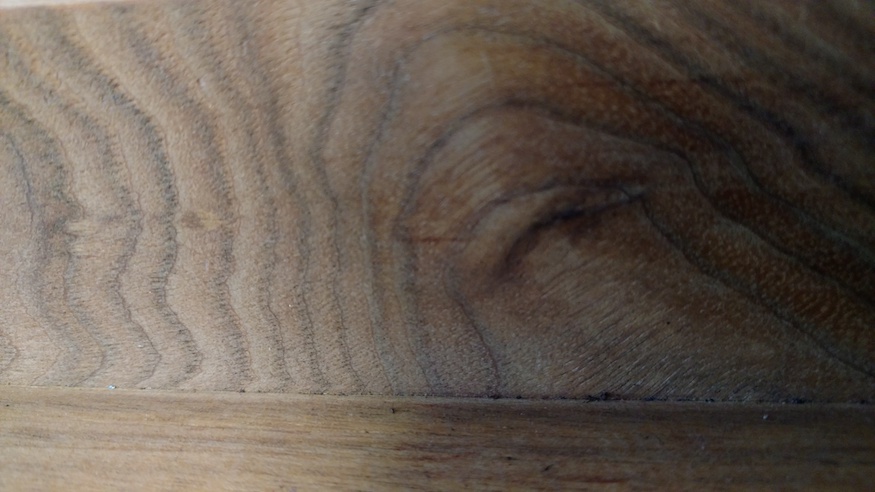What is Butternut?
Butternut is a hardwood species of walnut native to North America that is sometimes referred to as White Walnut, due to its close relation to Black Walnut. Although Butternut trees resemble Black Walnut trees, Butternut is considerably lighter and softer than Black Walnut.
Its heartwood is a light to medium tan and sometimes displays a reddish tint. Its growth rings are darker and form a distinct grain pattern.
Due to the fluted shape of its trunk, Butternut also has polygonal growth rings rather than perfectly circular growth rings. Butternut sapwood is generally a pale, yellow-white color. Its grain is straight with a medium coarse texture and it has an awesome natural luster.
Butternut trees typically grow to 60 feet tall but can reach 100 feet on rare occasions. Butternut has not been listed as protected or on the red list, however it is suffering from a fungal disease called Butternut canker. This disease is wiping out the population which has prompted U.S. Fish and Wildlife Service and the Canadian government to list it as a species of federal concern.
Up until recently, Butternut has been more renowned as a nut producer than a woodworking product. It has even been tapped for its sweet sap – just like hard maple trees.
Why Choose Butternut?
Butternut is a moderately priced domestic hardwood that is mainly available in lumber and carving blanks. Its soft qualities make it a great species to use in carved furniture and is a favorite of wood carvers.

It most often becomes furniture and mantlepieces or sculptural carvings, but where it is abundant, also makes beautiful cabinets, molding, and big boxes. Butternut also turns out to be wormy every so often, which makes for very attractive for some of our custom woodworking projects.
All in all, butternut is a beautiful, elegant furniture grade wood with nice grain and color.
Butternut in Woodworking
Butternut is easily worked by hand and with machines. It is soft, so it tends to leave surfaces somewhat fuzzy after planing or sanding. It warps easily so if making a large product, we prefer to join two or three smaller boards together rather than using one wide board. It is highly rot resistant and glues, stains, and finishes well.
Like the look? Contact us to get started on a custom woodworking project of your own using Butternut.